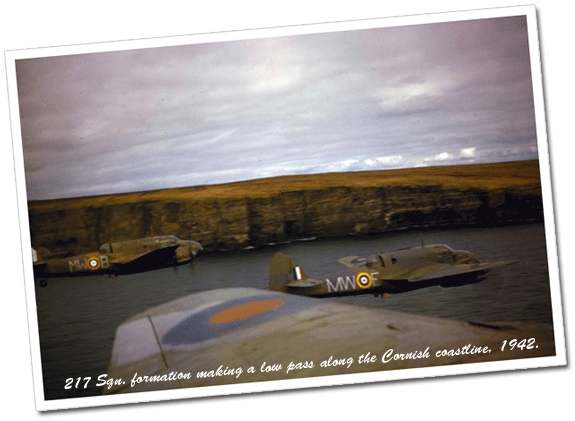|
|
|
WARBIRD REGISTRY > BRISTOL/DAP BEAUFORT REGISTRY >
The Bristol Beaufort (manufacturer designation Type 152) was a British twin-engined torpedo bomber designed by the Bristol Aeroplane Company, and developed from experience gained designing and building the earlier Blenheim light bomber.
Beauforts first saw service with Royal Air Force Coastal Command and then the Royal Navy Fleet Air Arm from 1940, until they were withdrawn from operational service in the European theatre in 1942. RAF Beauforts flying from Britain operated as torpedo bombers, conventional bombers and mine-layers and were then used as training aircraft until being declared obsolete in 1945.
Beauforts also saw considerable action in the Mediterranean; Beaufort squadrons based in Egypt and on Malta helped put an end to Axis shipping supplying Rommel's Deutsches Afrikakorps in North Africa. Beauforts were most widely used, until the end of the Second World War, by the Royal Australian Air Force in the Pacific theatre. All but six of the RAAF's Beauforts were manufactured under licence in Australia.
Although designed as a torpedo-bomber, the Beaufort more often flew as a level-bomber. The Beaufort also flew more hours in training than on operational missions and more were lost through accidents and mechanical failures than were lost to enemy fire. However, the Beaufort did spawn a long-range heavy fighter variant called the Beaufighter, which proved to be very successful and many Beaufort units eventually converted to the Beaufighter
Below is a list of Beaufort airframes that survived military service.

WARBIRD REGISTRY > BRISTOL/DAP BEAUFORT REGISTRY >
|
|
|